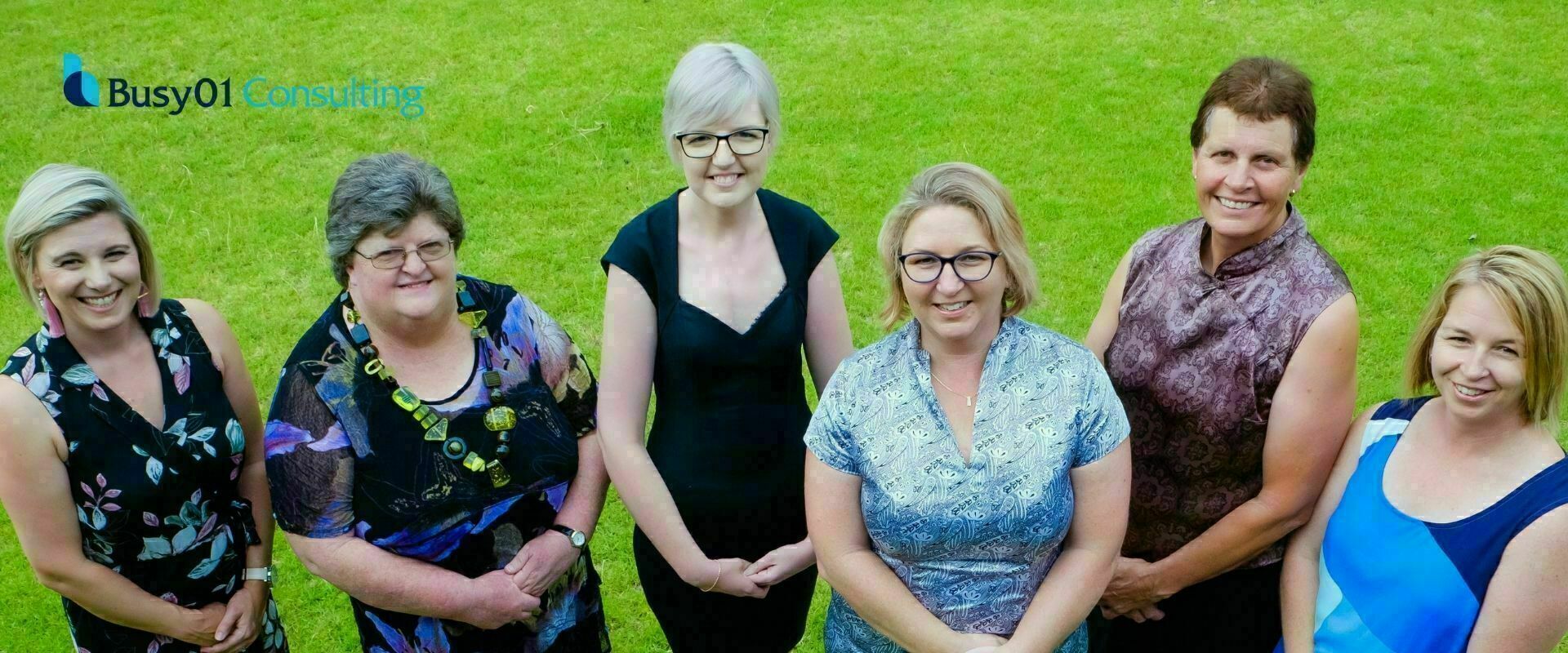
Single Touch Payroll Reporting for Closely Held Payees Mandatory from July
Single Touch Payroll Reporting for Closely Held Payees Mandatory from July
Closely held payees must be reported via Single Touch Payroll from July 2021. Now is the time to get organised.
Does your business make payments to closely held payees? If so, you will need to start reporting these payments via Single Touch Payroll (STP) from July 2021.
Closely held payees include family members, directors or shareholders of a company and beneficiaries of a trust.
If you’re already reporting employees via STP, then it will be easy to include the extra payees from July.
If your business only pays closely held payees then you may not have signed up for Single Touch Payroll. If not, now is the time to establish a reporting solution.
Typically, closely held payees are paid amounts on the advice of the tax agent, and often these amounts are not calculated until they do your tax return. In this situation, the business can report estimated amounts via STP.
Three Ways to Report Payments to Closely Held Payees
Report actual payments on or before the date of payment if you lodge your own STP reports through your ATO business portal.
Report actual payments quarterly when the activity statement is due. This option is available if you have a BAS or tax agent lodge on your behalf and they already have the ATO quarterly reporting concession in place.
Report a reasonable estimate quarterly. Estimates should be based on amounts equal to or greater than 25% of the previous year’s payments.
If you’re reporting quarterly estimates, it’s important not to underestimate amounts to be paid, as the business may later be liable for superannuation guarantee late charge and penalties.
Small employers have until the individual’s tax return due date to submit the STP finalisation declaration. (For all other payees, the finalisation is due by the usual date of 14 July).
If you’d like help with Single Touch Payroll reporting for your closely held payees, talk to us about planning ahead for lodgement and calculating estimates. We’ll help organise your systems so you’re prepared for STP reporting obligations,








